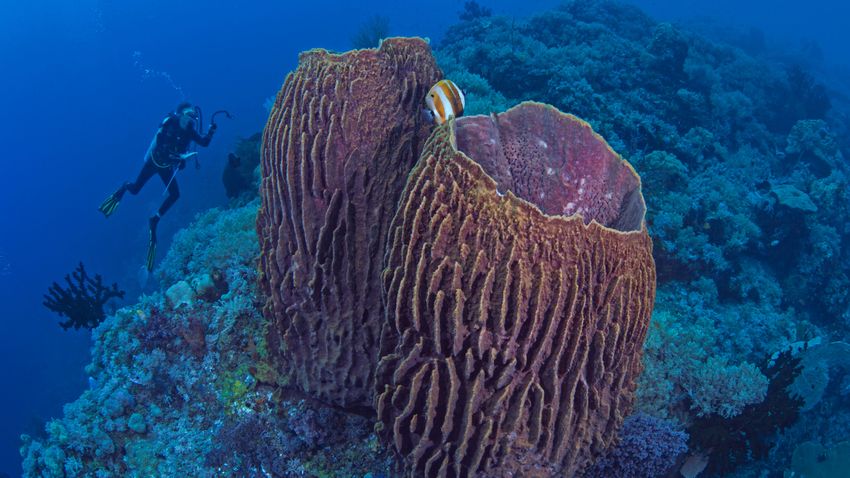Researchers first sounded the alarm in May when they spotted bleached sea sponges off New Zealand’s southern coast. Their investigation found that as many as tens of millions of sponges had turned white.
To our knowledge, this is the largest sponge bleaching reported in a single event, especially in cold water– The British newspaper quoted Professor James Bell, a marine ecologist at the University of Victoria.
Sea sponges, like corals, depend on symbiotic organisms that perform photosynthesis, provide food, and sometimes deter predators.
Although bleach doesn’t necessarily kill the sponge, it does flush out these organisms, lowering the sponge’s chemical defenses and depriving them of food. While some species can recover from severe bleaching, Bell says others cannot.
According to Robert Smith, an oceanographer at the University of Otago, the ocean around New Zealand has warmed to a record temperature due to two waves of sea heat waves, and in some areas the temperature is five degrees higher than normal.
On New Zealand’s northern and southern borders, we’ve experienced the longest and strongest sea heat wave in the past 40 years, since satellite measurements of ocean temperatures began in 1981. – Confirmed the world.
In some areas, the marine heat wave started last September and just ended, lasting 213 days– he mentions, noting that this is a rather unusual phenomenon.
According to Smith, it is difficult to attribute individual heat waves to the man-made climate crisis, but ocean temperatures are rising around the world.
Over the past century, the frequency, duration and intensity of marine heat waves have increased dramatically around the world– Tell.
These heat waves are expected to become more intense and longer in the future.
Now we can get a glimpse of what our oceans will look like for our children and grandchildrenSmith warned.
Cover photo illustration (Shutterstock)












































